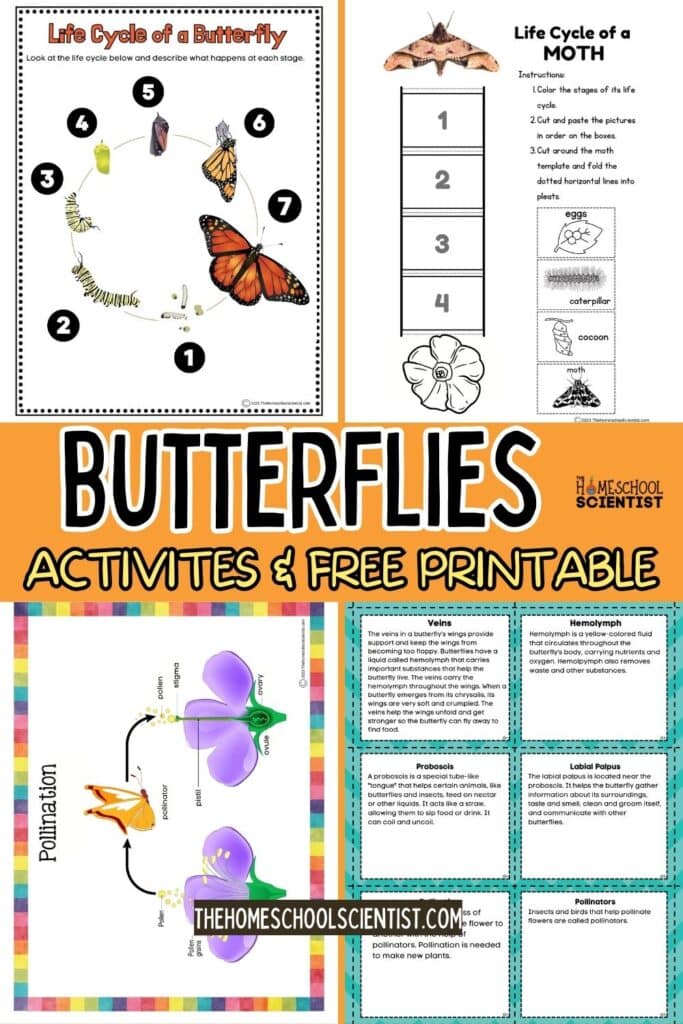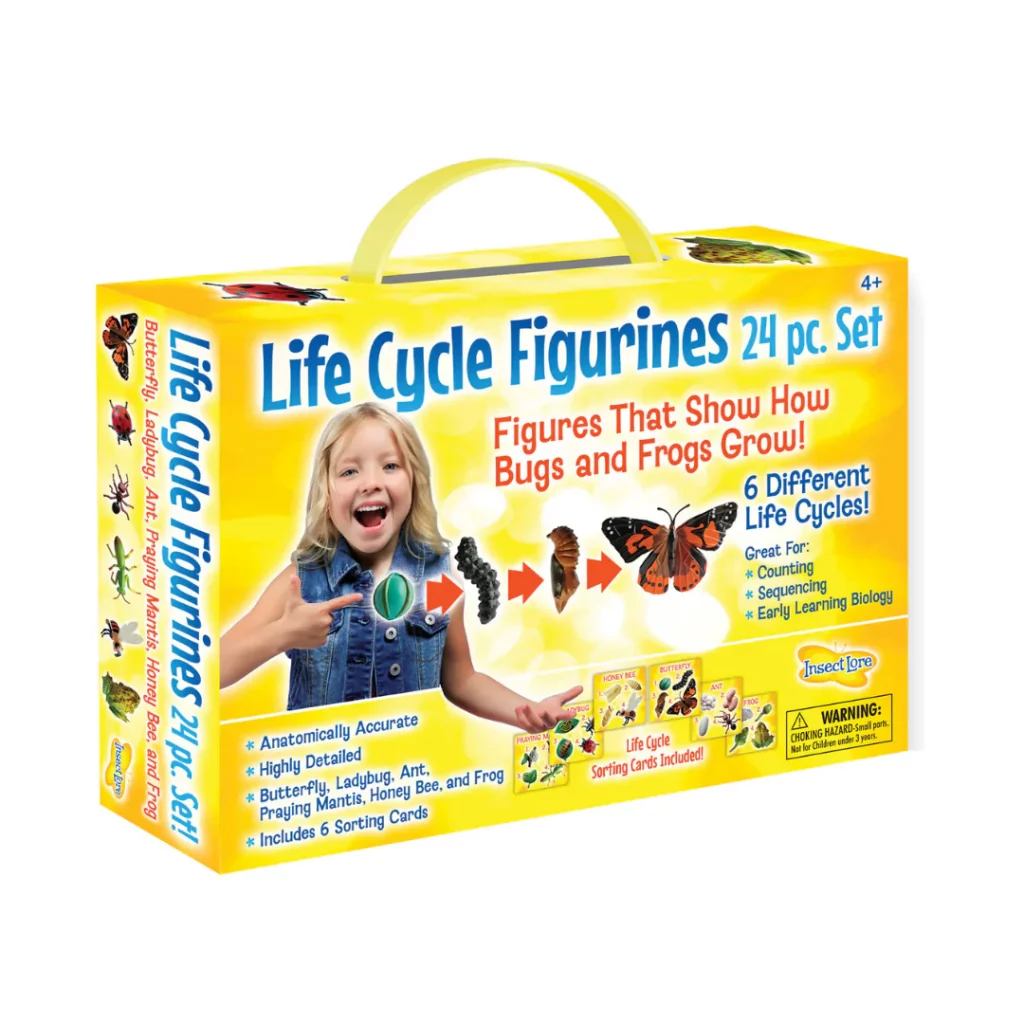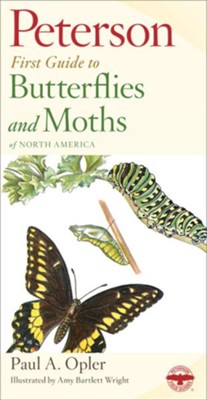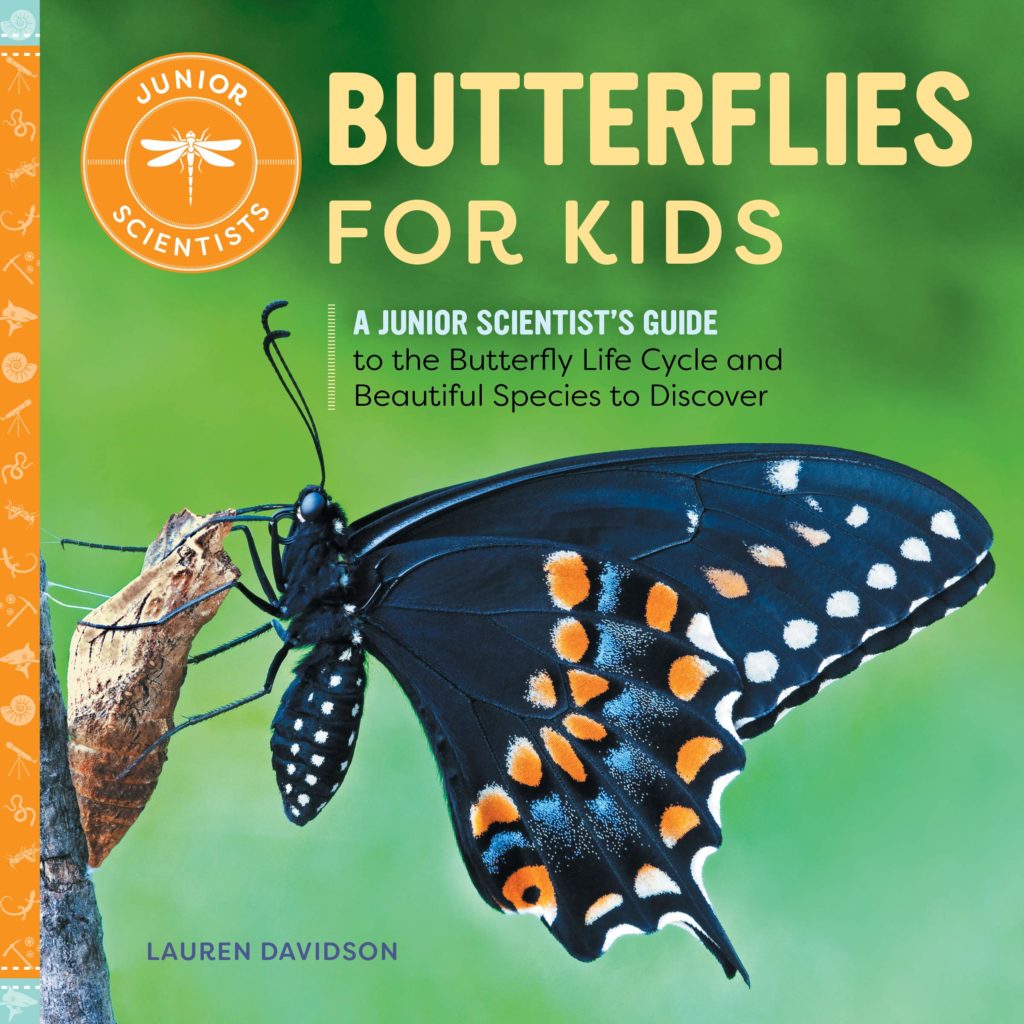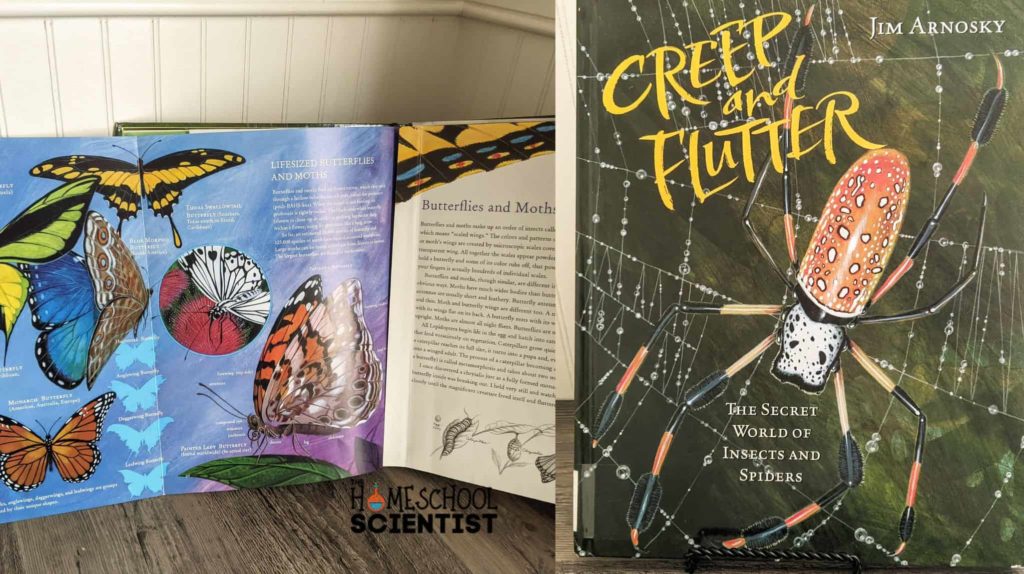Differences Between Butterflies and Moths Worksheet
Have you ever mistaken a butterfly for a moth? Using the information below and our free Differences Between Butterflies and Moths Worksheet Pack, your family can quickly spot the differences between these two similar insects.
People love to watch butterflies flit from flower to flower in all their colored splendor. We see moths flocking to lights at night with their dusty drab wings.
Table of Contents
Butterfly and Moths Free Lesson and Printable
We have put together a 105-page unit on all things butterflies, moths, and pollination. Activities cover a wide range of ages, print and use what works best for your family and homeschool!
The 100+ page butterfly unit is available for free. Simply input your email address below and subscribe to our newsletter community. Thank you!
Although we often see butterflies and moths, do we know much about them? Read the information below, then complete the activities on each differences between butterflies and moths worksheet and have fun learning!
Enter the Butterfly Giveaway Through April 4, 2024!
We are partnering with SimplyFun games to giveaway a fun, hands-on prize pack. The giveaway is open to U.S. residents 18 years and older. This year we are giving away two prize packs – one each to two different randomly-selected winners. Use the wideget below to enter. We will list the winners and contact them by 5 p.m. Eastern on April 5, 2024. Make sure we can reach you at the email provided. 🙂
What are the difference between butterflies and moths other than their color?
If you do some research on the number of insect orders, the answer varies from 28 to 31. However, there are 8 most popular insect orders. They are listed below with their etymological information. Most are derived from Greek roots. Being of Greek descent and having learned to speak Greek as a child, it has always been easier for me to decipher the meaning of words with Greek roots and teach this to my children in our homeschool. I highly recommend spending time throughout your homeschool years teaching Latin and Greek roots.
We used this spiralbound edition of English From the Roots Up. (aff link)
So, here are the 8 most popular insect orders:
Coleoptera – This includes beetles which is flrom the root word (Latin, Greek) koleos & koleopteros, meaning “sheath wings.”
Lepidoptera – This includes butterflies and moths. The word lepidoptera is from Greek with “lepido” meaning scales and “ptera” meaning wings. So, lepidoptera represents “scaly wings.”
Hymenoptera – Bees, wasps, and ants. The word hymenoptera is from the Greek word hymenopteros which means “membrane winged.” Pteron means wing in Greek.
Diptera – This includes flies, gnats, and mosquitoes. Di is from the Greek word for two (dio) and pteron which means wing in Greek. So, diptera means “two wings.”
Orthoptera – This order includes crickets, grasshoppers, locusts. Orthoptera is from the Greek worth ortho that means straigt and pteron which means wings. So, orthoptera means “straight wings.”
Odonata – This order includes dragonflies and damselflies. Odonto comes from the Greek word for tooth.
Homoptera – This order includes aphids, cicadas, and leafhoppers. In Gree, homo means uniform and ptera means wings, so homoptera “same wings.”
Hemiptera – This order includes bugs, back swimmers, and water striders. In Greek, hemi means half and pteron means wing, so hemiptera means “half wings.”
Butterflies and moths belong to the Lepidoptera order. There are 165,000 different types of Lepidoptera.
Don’t forget to use the sign-up box below to get your copy of the differences between butterflies and moths worksheet packet.
Have you ever mistaken a butterfly for a moth? How can you tell the difference between moths and butterflies? It can be difficult to determine if what you are observing is a butterfly or a moth!
Butterflies and moths are similar in several ways:
- They are both insects which means they have three main body parts—a head, thorax and abdomen.
- Butterflies and moths have three pairs of legs, two antennae and lay eggs.
- Both are the only insects that have scales covering their wings. There are about 500 scales per inch on one butterfly wing and 125,000 per square inch!
- Both live anywhere from the rain forests to the tundra.
- Butterflies and moths both shed their skin as their body grows bigger and bigger.
- Butterflies and moths go through a process of metamorphosis. (Their bodies take on four different forms during their life cycle.)
There are several differences to help you identify a butterfly from a moth:
- Butterflies fly mostly during daylight hours and moths are nighttime creatures.
- Since they fly mostly at night, moths are attracted to light colored flowers that have a strong fragrance.
- Butterflies have thin bodies with bumps on the end of their bodies.
- They hold their wings upright when they are at rest. Moths have thick bodies with feathery antennae. When they are at rest moths hold their wings flat.
- Butterflies emerge from a chrysalis and moths emerge from a cocoon.
- One interesting difference is that butterflies cannot hear sound, but some species (types of) moths do have ears and can hear their primary predator—bats.
Spotting the differences with our differences between butterflies and moths worksheet
We have put together some Differences Between Butterflies and Moths printables. Use the worksheets alongside the information in this post or books we have linked below.
Activities include parts of a butterfly, parts of a moth, life cycle (3 activities), and some fill-in-the blank…and, of course, a few coloring pages.

Input your email below to receive the 105-page unit on butterflies, moths, and pollination. You will be added to our email list, but we promise not to SPAM you by emailing everyday.
Books and Other Resources to Teach the Differences Between Butterflies and Moths
We did a butterfly and insect unit with preschool twins in our family, and they had so much fun with our activities. I purchased the InsectLore Insect Life Cycle set, and I wasn’t sure if it was too advanced for four year olds, but the girls had a great time with the sets. After reading a book about butterflies and moths, they quickly caught on that the individual parts were part of each insect’s life cycle.
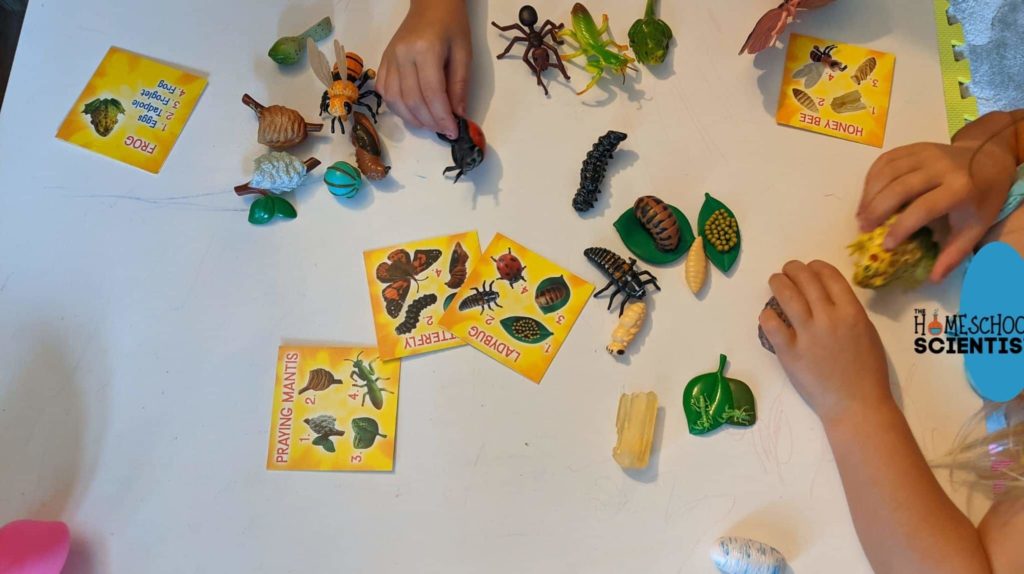
These are some of the books we have used in our butterfly and moth units:
We always have a field guide. We have an older edition of this one and have used it for 15 years.
I highly recommend this series of books by Diana Aston
This one is A Butterfly is Patient
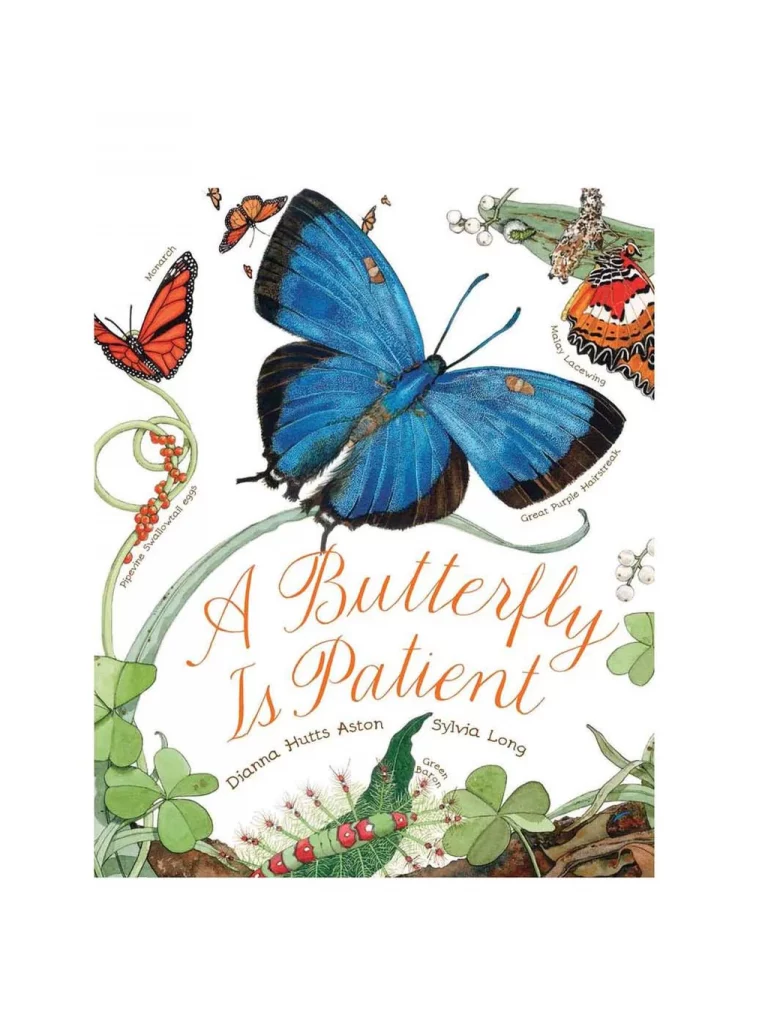
One of my favorite authors of science books for the elementary grades is Jim Aronsky. We have enjoyed his book on snowflakes, and this is his book on insects.
I hold a master’s degree in child development and early education and am working on a post-baccalaureate in biology. I spent 15 years working for a biotechnology company developing IT systems in DNA testing laboratories across the US. I taught K4 in a private school, homeschooled my children, and have taught on the mission field in southern Asia. For 4 years, I served on our state’s FIRST Lego League tournament Board and served as the Judging Director. I own thehomeschoolscientist and also write a regular science column for Homeschooling Today Magazine. You’ll also find my writings on the CTCMath blog. Through this site, I have authored over 50 math and science resources.




